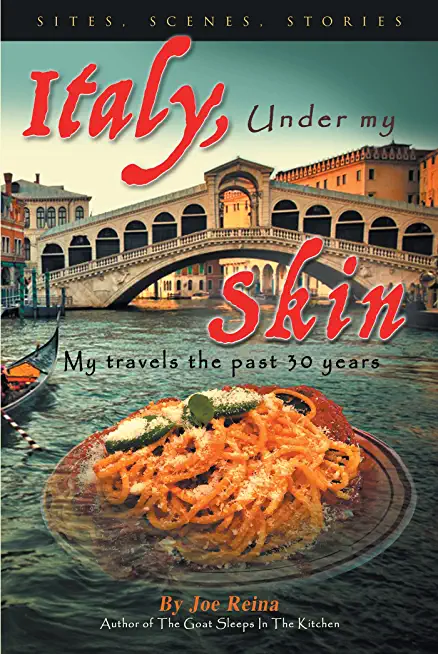
Reina, Joe
You will miss much of Italy's fascinating, little-known, hidden treasures unless you enrich your trip with the experience of Joe Reina, the son of Sicilian immigrants, and his encounters with Italy's hidden delights during his decades of business and pleasure trips. Most guidebooks and guides who lead tours provide you bare-bones historical facts, but they seldom can regale their tourists with insider's awareness of stories and events. Reina's travel-earned familiarity with landmarks and the artists who created them offers an insider's grasp of the famous personalities who built and artistically adorned "the glory that was Rome."
In Milan, The Last Supper, which took DaVinci three years to paint, is hung with Donato's Crucifixion, initially painted in a church destroyed (except for one wall) by Allied bombers in World War II. The Last Supper is on your right as you enter, and Crucifixion is on your left.
In Rome's Piazza Campo de' Fiori, sits Ristorante da Pancrazio, a waiter will lead you down a cellar to the remains of how the entire piazza was built atop the ruins of what was once General Pompey's theater, which could seat forty thousand people.
In Rome's Piazza Navona, the seventeenth-century Pope engaged three leading sculptors to create the fountains, the first designed by Bernini, leading sculpture of his era. Bernini became incensed when Borromini was commissioned to build a church directly across from his fountain. In retribution, Bernini had his largest statue of a man lying on his side in the fountain; his hand outstretched directly at Borromini's church. Once both were constructed, Bernini sent his rival this message: "My statue will catch your church when it falls."
Reina's historical information of tourist sites to visit and the best restaurants and hotels that fit any budget is invaluable.







